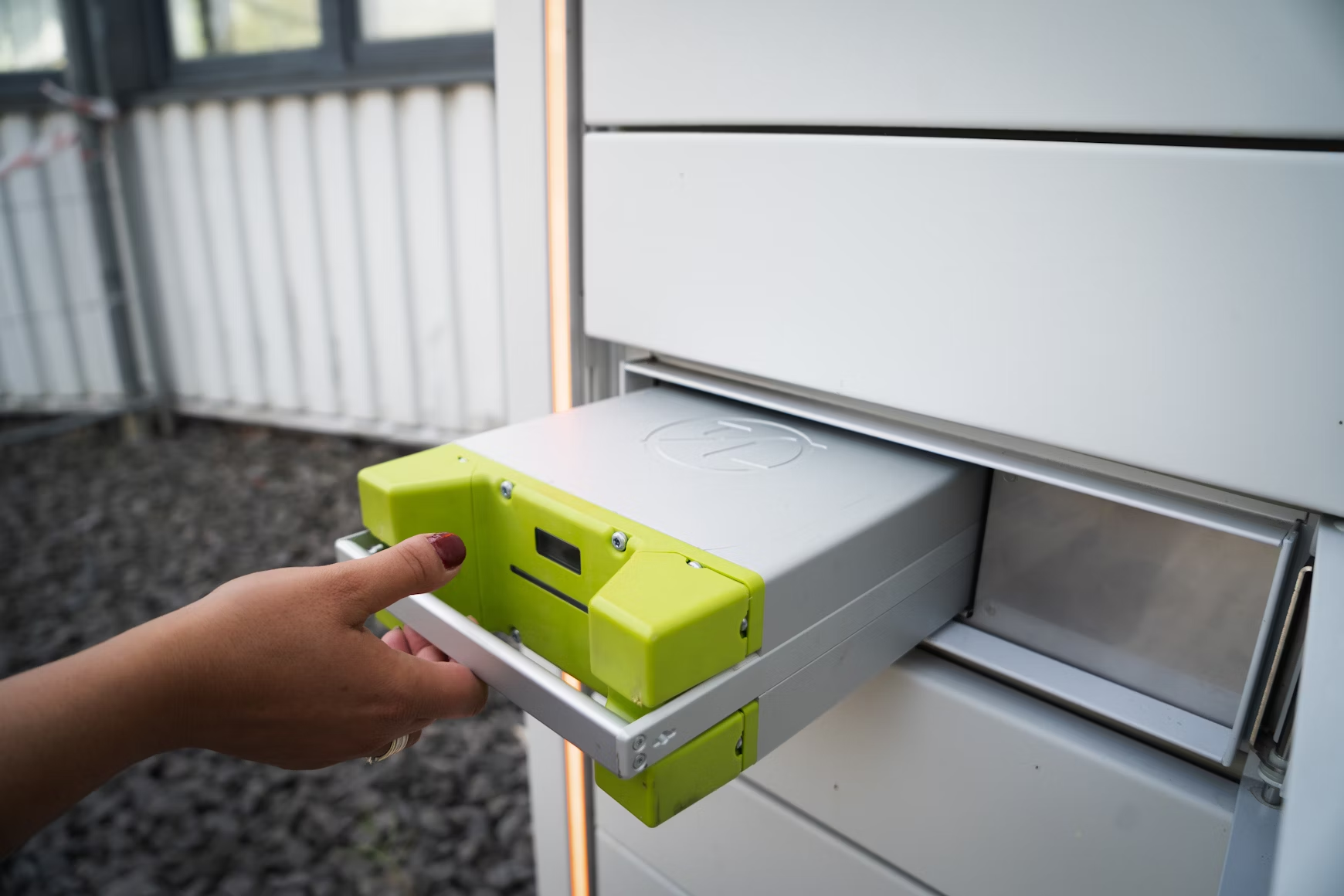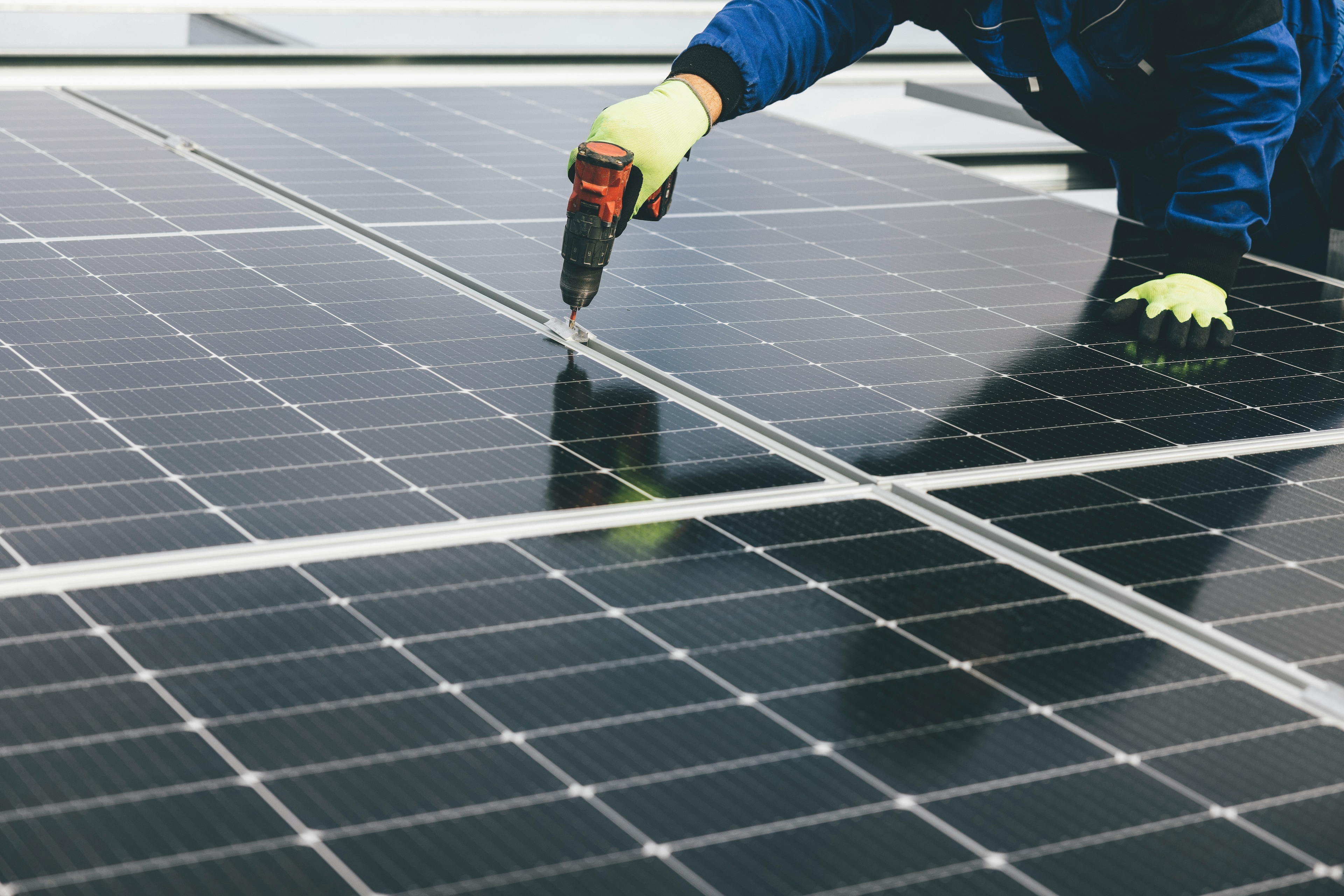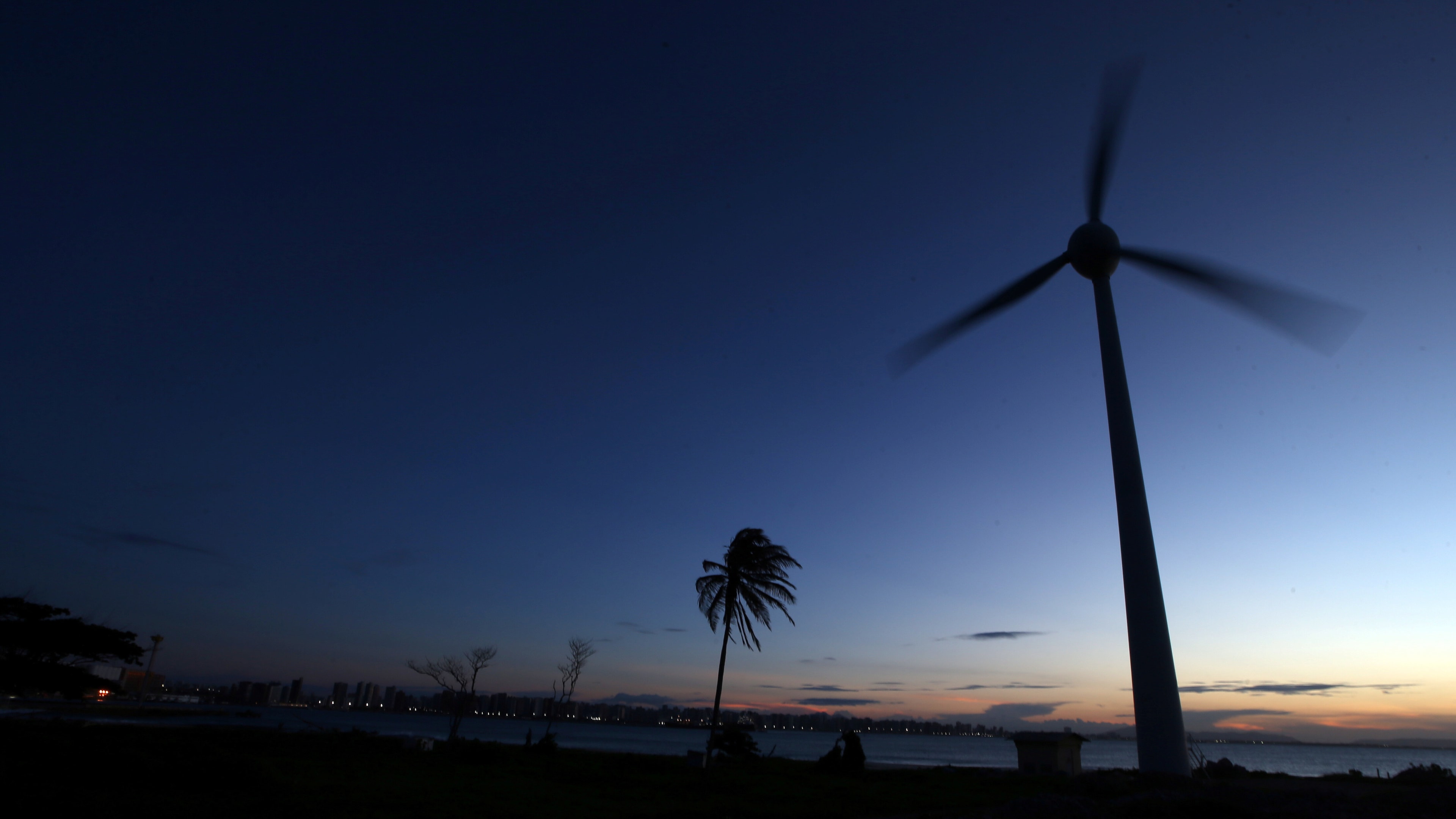Scientists discover how to use bricks as batteries

Nanofibers fill the bricks' pores and are capable of storing a charge.
Image: Grooveland Designs
Stay up to date:
Energy Transition
- Distinct red hue bricks could utilize their chemical formula to store enough electricity to power devices.
- Researchers filled the bricks' pores with nanofibers that can store an electrical charge.
- However, the technology is only capable of charging a small light and not yet capable of large-scale electricity storage.
One of the challenges of renewable power is how to store clean energy from the sun, wind and geothermal sources. Now, a new study and advances in nanotechnology have found a method that may relieve the burden on supercapacitor storage. This method turns bricks into batteries, meaning that buildings themselves may one day be used to store and generate power, Science Times reported.
Bricks are a preferred building tool for their durability and resilience against heat and frost since they do not shrink, expand or warp in a way that compromises infrastructure. They are also reusable. What was unknown, until now, is that they can be altered to store electrical energy, according to a new study published in Nature Communications.
The scientists behind the study figured out a way to modify bricks in order to use their iconic red hue, which comes from hematite, an iron oxide, to store enough electricity to power devices, Gizmodo reported. To do that, the researchers filled bricks' pores with a nanofiber made from a conducting plastic that can store an electrical charge.
The first bricks they modified stored enough of a charge to power a small light. They can be charged in just 13 minutes and hold 10,000 charges, but the challenge is getting them to hold a much larger charge, making the technology a distant proposition.

If the capacity can be increased, researchers believe bricks can be used as a cheap alternative to lithium ion batteries — the same batteries used in laptops, phones and tablets.
The first power bricks are only one percent of a lithium-ion battery, but storage capacity can be increased tenfold by adding materials like metal oxides, Julio D'Arcy, a researcher at Washington University in St. Louis, Missouri, who contributed to the paper and was part of the research team, told The Guardian. But only when the storage capacity is scaled up would bricks become commercially viable.
"A solar cell on the roof of your house has to store electricity somewhere and typically we use batteries," D'Arcy told The Guardian. "What we have done is provide a new 'food-for-thought' option, but we're not there yet.
"If [that can happen], this technology is way cheaper than lithium ion batteries," D'Arcy added. "It would be a different world and you would not hear the words 'lithium ion battery' again."
Accept our marketing cookies to access this content.
These cookies are currently disabled in your browser.
Accept our marketing cookies to access this content.
These cookies are currently disabled in your browser.
Don't miss any update on this topic
Create a free account and access your personalized content collection with our latest publications and analyses.
License and Republishing
World Economic Forum articles may be republished in accordance with the Creative Commons Attribution-NonCommercial-NoDerivatives 4.0 International Public License, and in accordance with our Terms of Use.
The views expressed in this article are those of the author alone and not the World Economic Forum.
Related topics:
Forum Stories newsletter
Bringing you weekly curated insights and analysis on the global issues that matter.
More on Energy TransitionSee all
Tony Pan
August 27, 2025
Thomas Brostrøm and Sandeep Kashyap
August 26, 2025
Charles Bourgault and Sarah Moin
August 19, 2025
Jürgen Karl Zattler and Adrian Severin Schmieg
August 18, 2025
Piyush Verma
August 18, 2025







